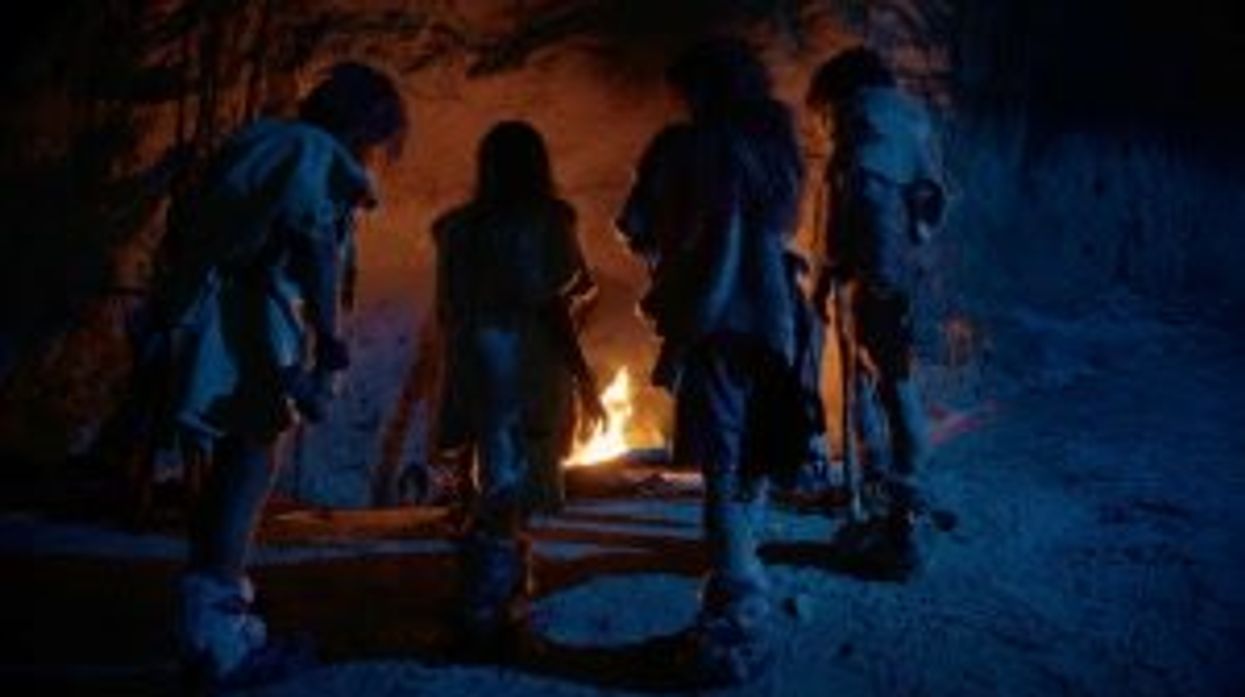Harriet Brewis
May 15, 2024
Study Reveals Neanderthals Had Multiple Blood Types and Why They May Have …
ZMG - Amaze Lab / VideoElephant
Our poor ancestral cousins, the Neanderthals, were doomed to extinction.
And yet, almost two centuries since their remains were first discovered, experts continue to puzzle over what caused their ultimate demise.
Now, experts studying the role diseases may have played in their destruction, have ended up unearthing the oldest known human viruses in the world.
And these bugs were found in a set of Neanderthal bones from more than 50,000 years ago.
The ground-breaking discovery was made after researchers combed through DNA data taken from two sets of Neanderthal remains, which were recovered from Chagyrskaya cave in Russia.
The team, from the Federal University of São Paulo, searched for traces of the genomes of three different types of DNA viruses: adenovirus, herpesvirus, and papillomavirus. And, to their delight they identified remnants of all three groups.
This makes them the oldest human viruses ever found, swiping the crown from the previous title-holders, found in the remains of a 31,600-year-old Homo sapiens, IFL Science reports.

This, the authors suggest in a preprint paper that’s yet to be peer-reviewed, shows that not only is it possible to identify viral genomes in archaeological samples, but also that Neanderthals could have suffered from the same viruses that blight us today.
For example, adenoviruses cause a whole host of familiar ailments, from the common cold to gastroenteritis to conjunctivitis, while papillomaviruses are known for their link to cervical cancer. And herpesviruses are famously the culprits behind cold sores and genital herpes, but they can also be associated with the Epstein-Barr virus, which can lead to mononucleosis and other serious illnesses.
Now, the researchers say Neanderthals may have been more susceptible to these three viruses and their harmful effects, which may have played a role in their ruin.
“Taken together, our data indicate that these viruses might represent viruses that really infected Neanderthals,” study author Marcelo Briones told New Scientist.
Still, Briones and his colleagues acknowledge that the viruses alone may not have killed off the Neanderthals, but, they note, they could well have played a part.
“To support [this] provocative and interesting hypothesis, it would be necessary to prove that at least the genomes of these viruses can be found in Neanderthal remains,” Briones said.
And that, he stressed, “is what we did.”
Sign up for our free Indy100 weekly newsletter
Have your say in our news democracy. Click the upvote icon at the top of the page to help raise this article through the indy100 rankings
Top 100
The Conversation (0)














